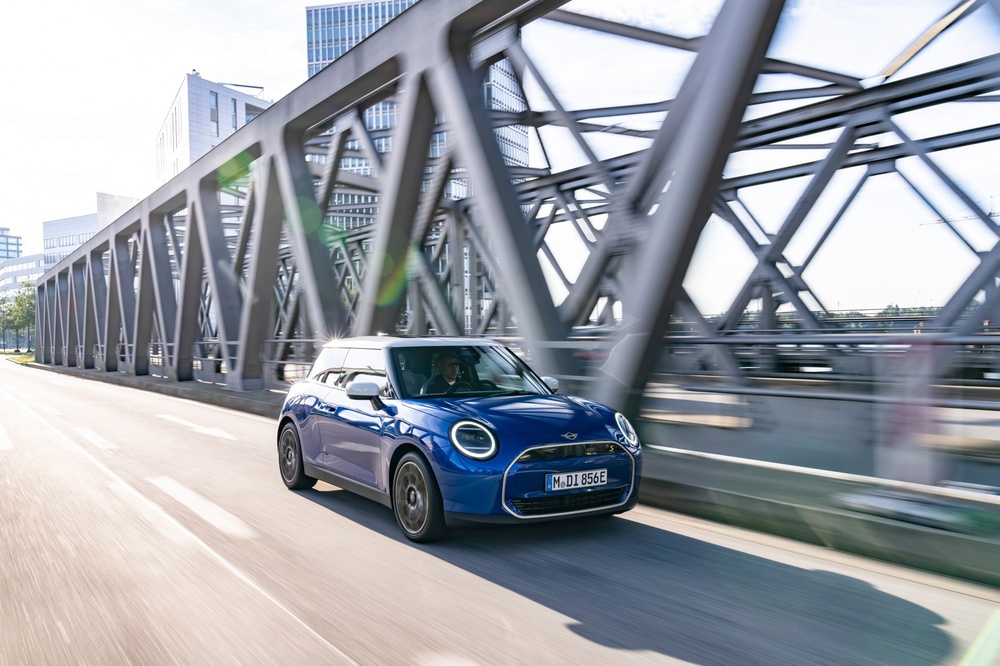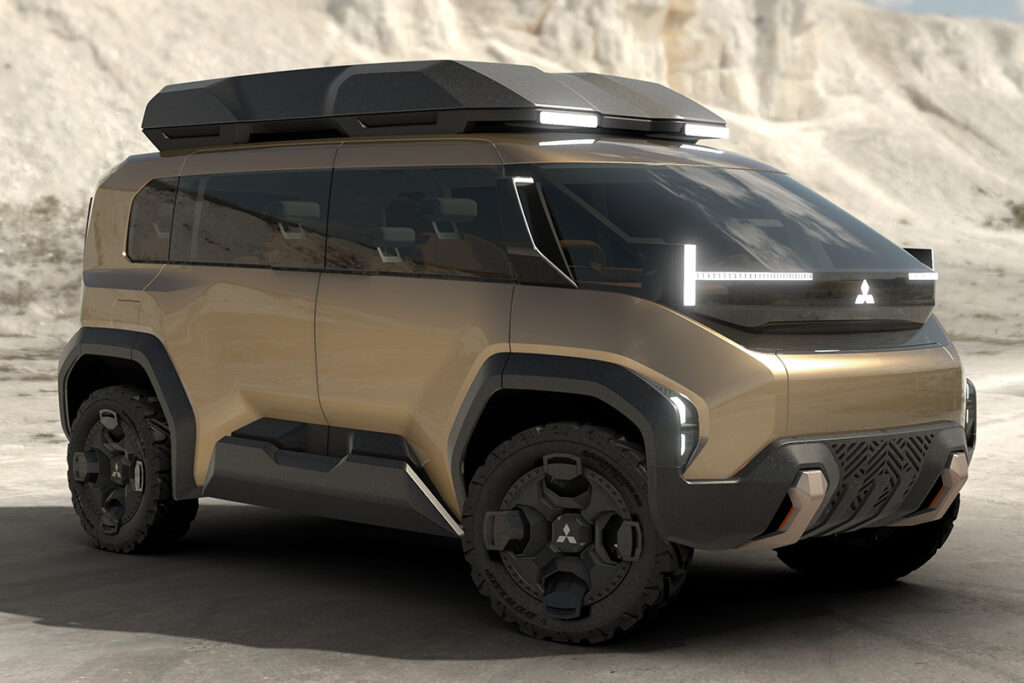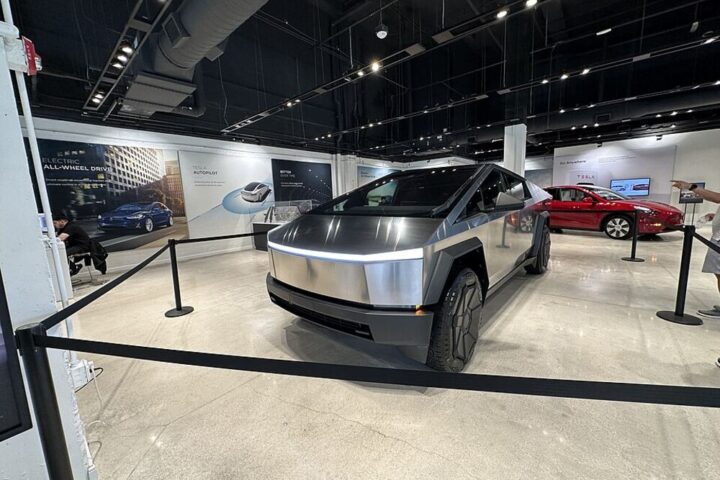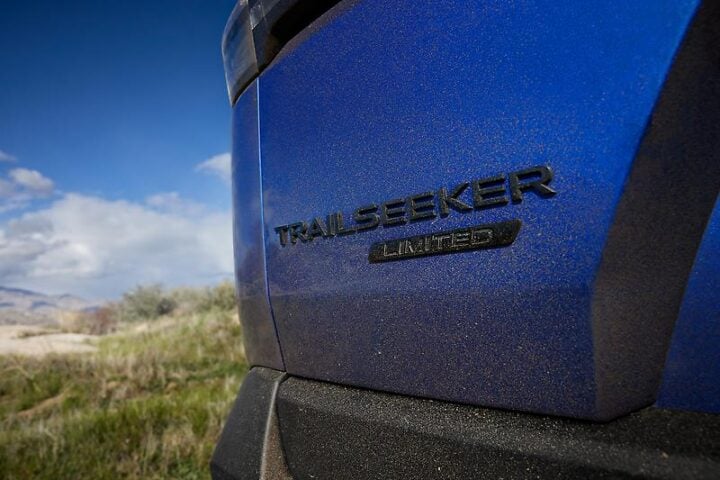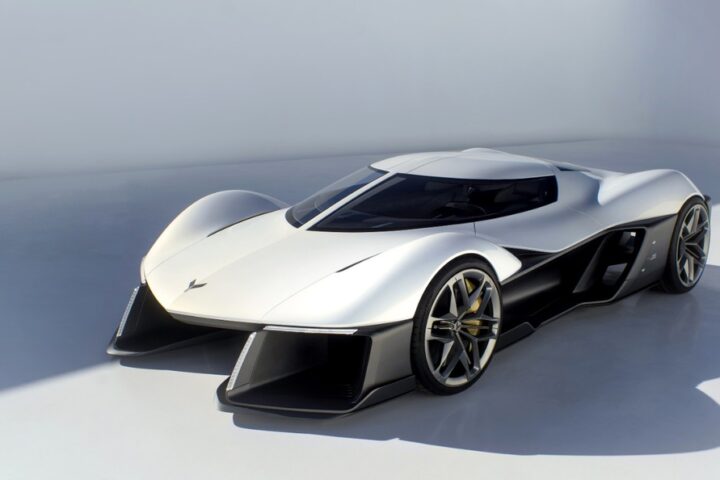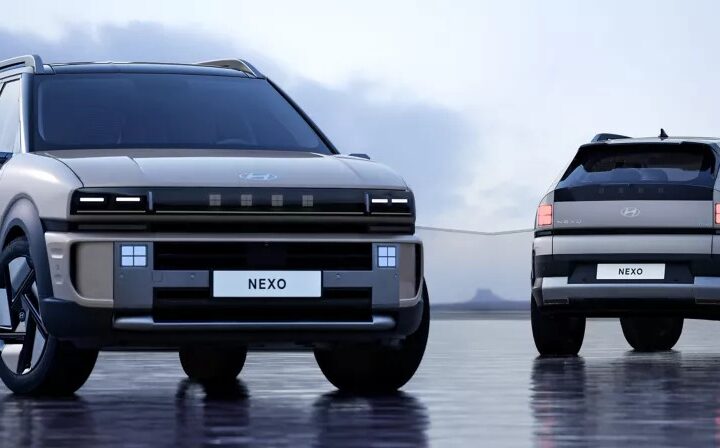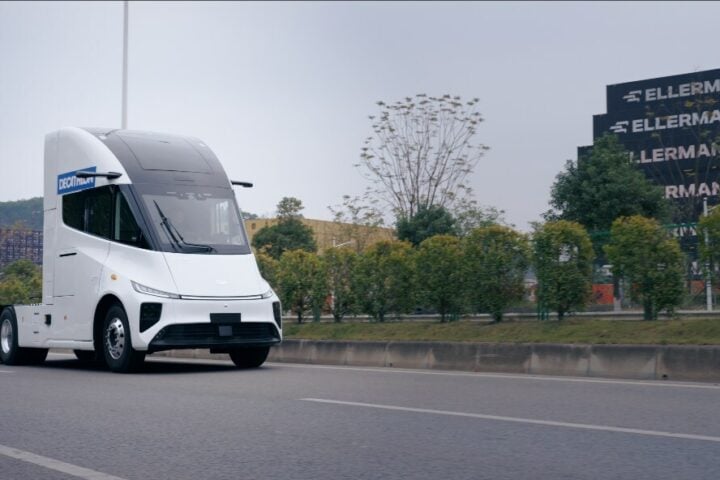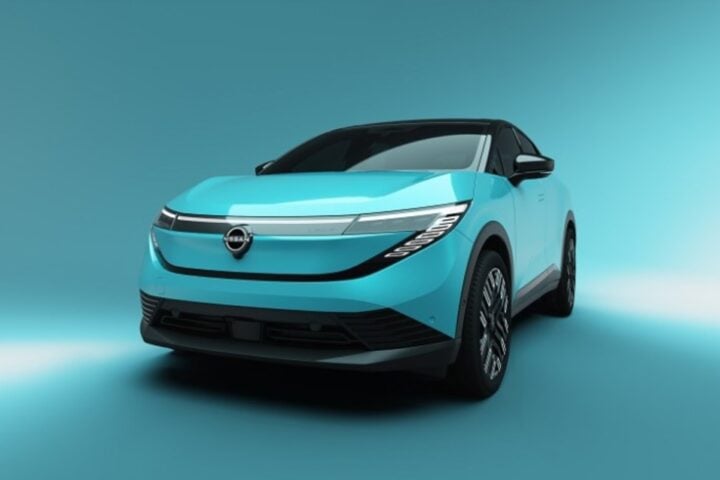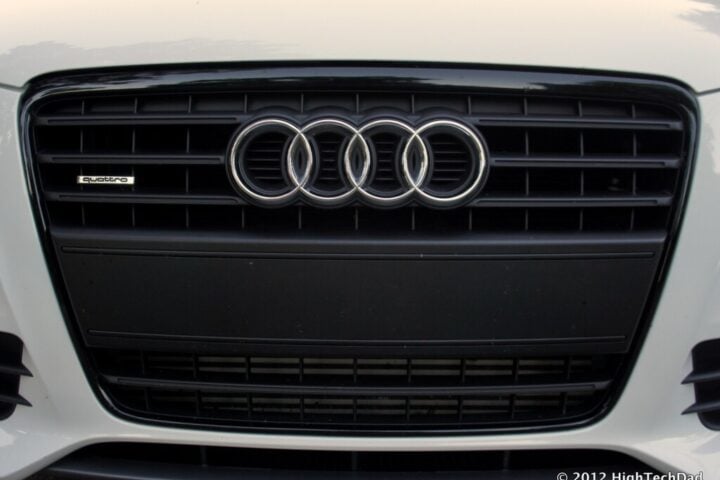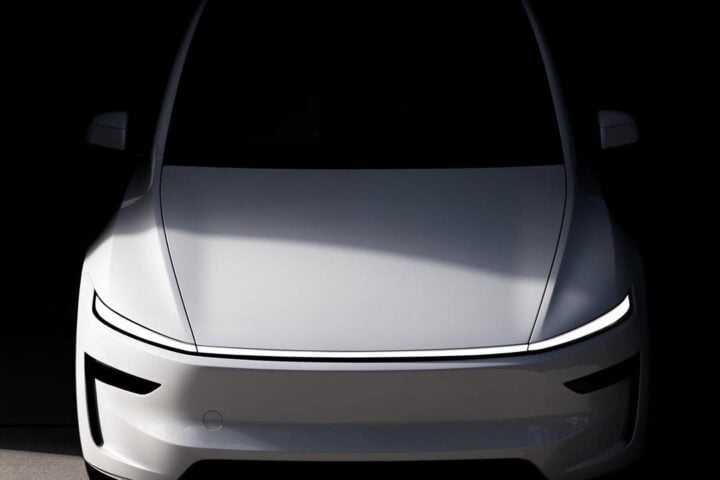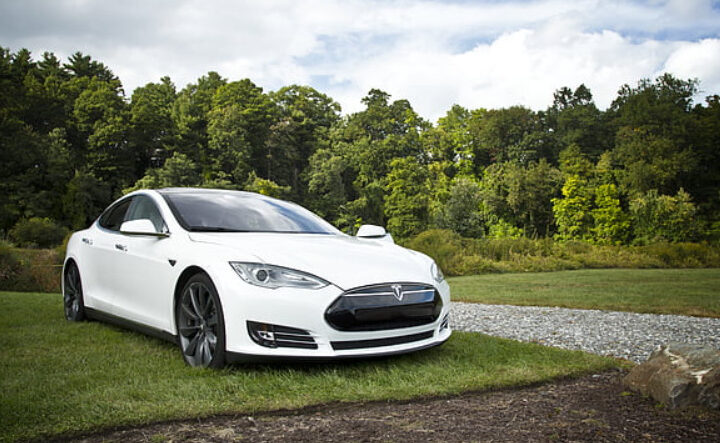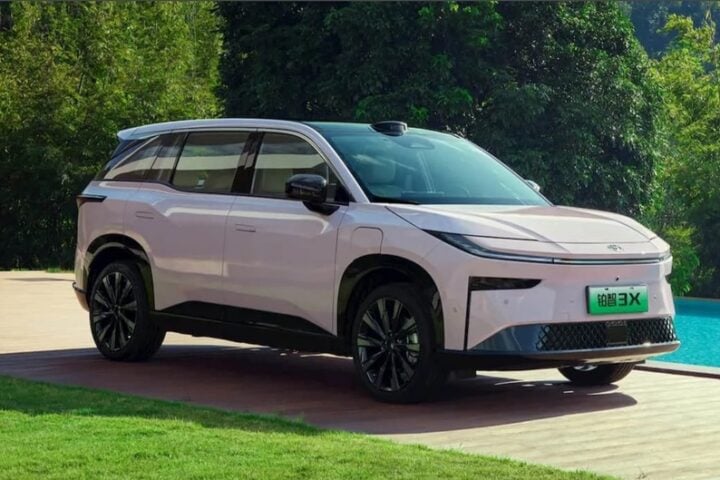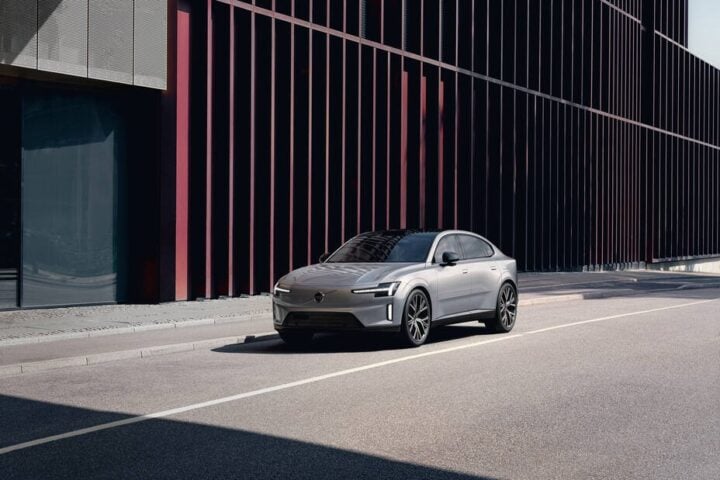The automotive industry is witnessing a paradigm shift. As the world grapples with environmental concerns, electric vehicles (EVs) are emerging as the future of urban mobility. Leading the charge in this transformative era is the all-electric Mini Cooper SE, unveiled by BMW Group.
The Mini Cooper SE: Key Features
BMW Group’s latest offering is not just another electric car; it’s a statement on wheels. The Mini Cooper SE promises a range of up to 270 kilometers (168 miles) on a single charge, making it a viable option for city dwellers and short-distance commuters. With its 135 kW/184 hp electric motor, it can accelerate from 0 to 60 km/h in just 3.9 seconds, ensuring that performance isn’t compromised for sustainability.
Bernd Körber, Senior Vice President MINI, commented on the vehicle’s design philosophy, stating, “The Mini Electric will kick off our new model offensive for fully electric vehicles.” It’s evident that the Mini Cooper SE is not just a one-off experiment but a significant step in BMW Group’s strategic direction.
Charging and Infrastructure: Addressing the Elephant in the Room
One of the most pressing concerns for potential EV buyers is the charging infrastructure. The Mini Cooper SE addresses this with its fast-charging capability. The vehicle can be charged at a fast-charging station with direct current (DC) at up to 50 kW, allowing it to reach an 80% charge in just 35 minutes.
However, the broader question remains: Is the global infrastructure ready to support the widespread adoption of EVs like the Mini Cooper SE? While the vehicle offers impressive charging capabilities, the onus is also on cities and governments to ramp up their charging infrastructure to accommodate the growing EV market.
Similar Posts
Economic Implications: A Double-Edged Sword?
The transition to electric vehicles is not without its economic implications. On one hand, the shift can lead to a reduction in the demand for oil, impacting economies reliant on oil exports. On the other, it presents an opportunity for job creation in the EV infrastructure and manufacturing sectors.
Oliver Zipse, Chairman of the Board of Management of BMW AG, emphasized the importance of this transition, noting, “By 2023, we will have 25 electrified models on the roads.” This statement not only highlights BMW’s commitment to EVs but also hints at the broader industry trend.
Environmental Impact: Beyond Just Zero Emissions
While the immediate environmental benefit of EVs is zero tailpipe emissions, the story doesn’t end there. The production of electric vehicles and their batteries has its own carbon footprint. Moreover, the source of electricity used to charge these vehicles plays a crucial role in determining their overall environmental impact.
For the Mini Cooper SE and other EVs to truly make a difference, there needs to be a holistic approach. This includes adopting sustainable methods in vehicle production and ensuring that the electricity used for charging comes from renewable sources.
Beyond The Road
The Mini Cooper SE is undeniably a significant step forward in the realm of electric vehicles. Its blend of performance, design, and sustainability makes it a compelling option for urban commuters. However, its success, and that of the broader EV industry, hinges on a collaborative approach. Infrastructure development, sustainable production methods, and renewable energy sources are all pieces of the puzzle.
As the world stands at the cusp of an electric revolution, vehicles like the Mini Cooper SE are not just modes of transportation but symbols of change. The journey ahead is long, but with innovation and collaboration, a sustainable future is within reach.
